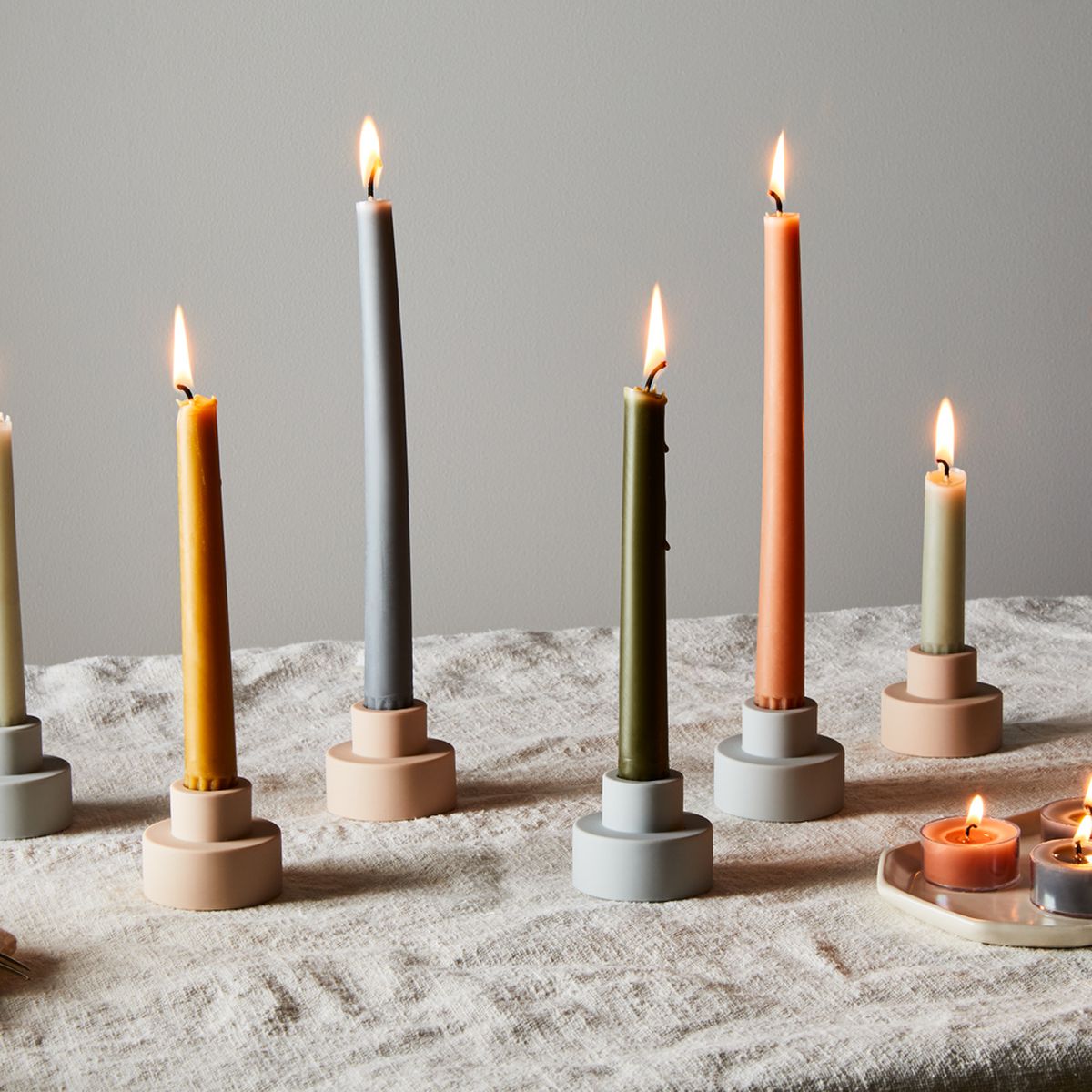



Candles have been used as source of light for 5000 years. It’s ancient
methods of candle making are attributed to the Egyptians, who made
rushlights or torches by soaking the pithy core of reeds in melted animal
fat. However, the rushlights had no wick. The ancient Romans are generally
credited with developing the wicked candle by dipping rolled papyrus
repeatedly in melted tallow or beeswax. The resulting candles were used to
light their homes, to aid travelers at night, and in religious ceremonies.
Candles were commonplace throughout Europe in the Middle Ages. Candle
makers were known as
Chandlers and made candles from fats saved from the kitchen or
sold their own candles from within their shops. Colonial women offered
America’s first contribution to candle making, when they discovered that
boiling the berries of bayberry bushes produced a sweet-smelling wax that
burned cleanly. However, extracting the wax from the bayberries was
extremely tedious. As a result, the popularity of bayberry candles soon
diminished.



